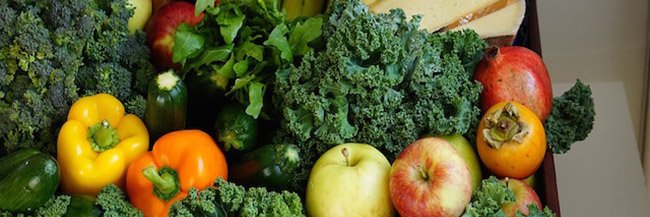Be Sure to Eat Your Fruits and Veggies In Outer Space

Have you ever grown a garden of vegetables? What are some of your favorite vegetables to eat? How about fruit? What are some of your favorite fruits to eat? In space it is hard to grow vegetables and fruits. How do scientists solve this problem? Read on to find out more about growing vegetables and fruit in space.
Why Do We Need To Grow Vegetables And Fruits In Space?
Scientists work hard to find ways to feed astronauts nutritious food while they are in space. Almost everything an astronaut eats is from a package that has been freeze dried. This means water has to be added to the food to make it ready to eat. There are some foods that can be sent into space while fresh, like carrots, but they have to be eaten within in the first couple of days because of spoiling.
It is also very expensive to send food up into space. Food sent to the International Space Station (ISS) currently costs more than $10,000 per pound. That means a 14 ounce loaf of bread—just $3.35 here on Earth—would cost about $8,750 to send to space.
NASA/Crew of STS-132, Public domain, via Wikimedia Commons
Having the ability to grow fresh food in space would solve the fresh food problem and reduce the high cost in sending the food. Vitamin C is very important to the health of astronauts, but Vitamin C cannot survive for long in space. Growing vegetables and fruits on the ISS would help get the vitamins they need for the six months that they are away from Earth. Scientists would also like to someday send people to Mars, and giving them the ability to farm in space would help keep them alive and healthy.
The Veggie System
Currently the ISS has a special plant growing system on board called VEGGIE. The system uses special lights, water, and fertilizer to grow vegetables. It has been used successfully over the last couple of years. Last month astronauts harvested their fifth crop, a cabbage plant called Tokyo Bekana Chinese Cabbage. They had very little room to work with on board the ISS, and grew the plants using only six seeds. But scientists want to be able to grow a variety of vegetables and more of them. In order to do that they had to develop a special unit for the ISS.
The Advanced Plant Habitat Facility
The Advanced Plant Habitat Facility (Plant Habitat), located at the Kennedy Space Center in Florida, is currently used to learn more about growing vegetables in space. It is a small unit, about the size of a mini-fridge. Scientists are able to experiment with different types of seeds, light, temperature, moisture and fertilizer. The plant habitat uses white, red, green and blue LED lights. These lights were successful in growing vegetables like the Tokyo Bekana Chinese cabbage already on the ISS and its VEGGIE system. The Plant Habitat, has 180 sensors and four times the light output of the VEGGIE system. It is planned to arrive on the ISS this year, and the astronauts are very excited about its arrival. Not only will the astronauts be able to grow more than six plants, they will be able to study and learn how to grow a variety of plants.
Watching a bean plant sprout and grow in a cup on our own windowsill here on Earth is exciting. Imagine how excited the astronauts will be watching their plants grow in space!
